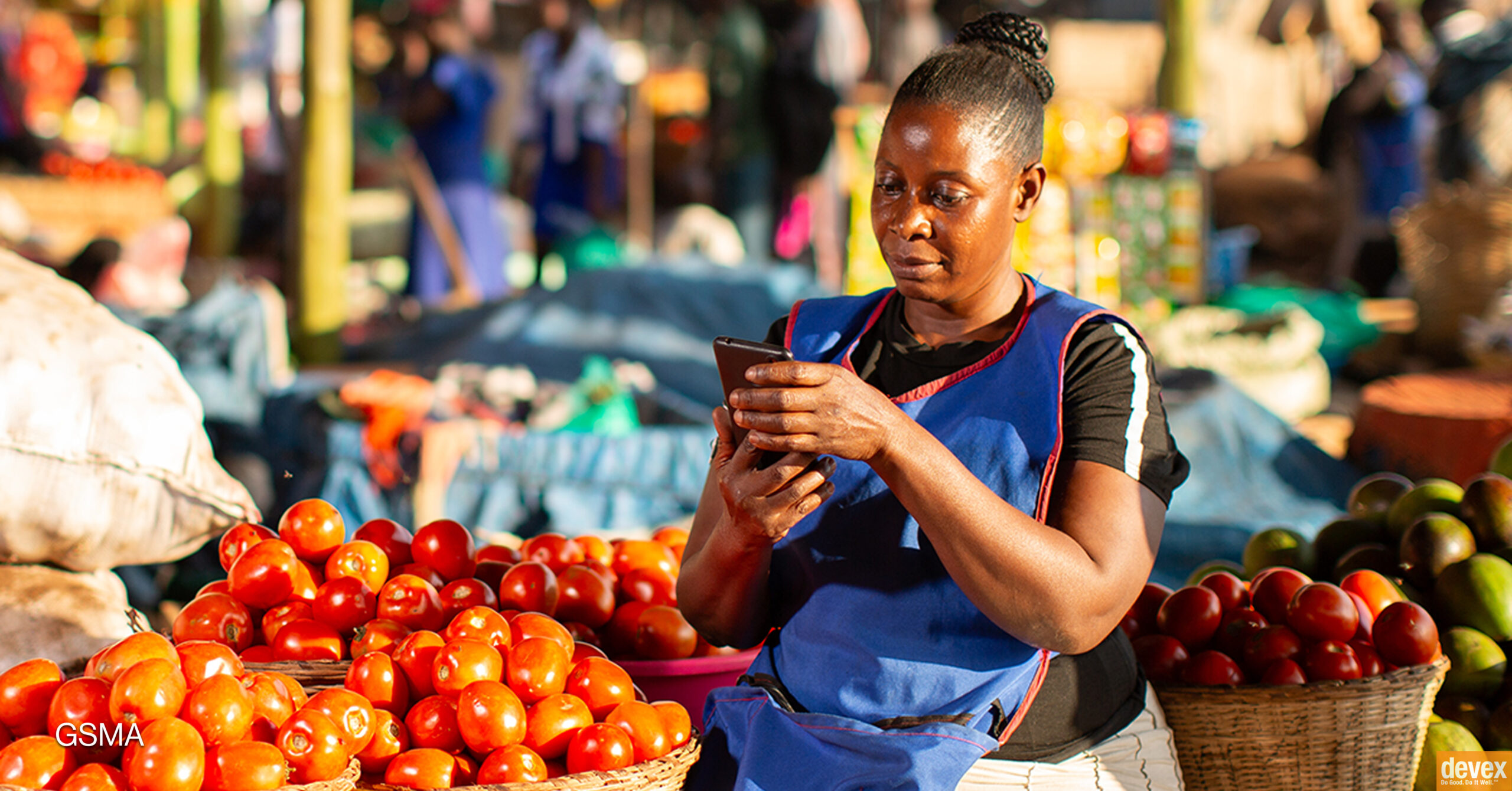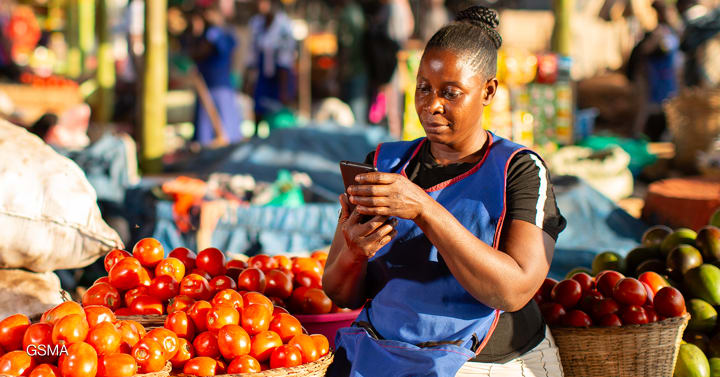
Opinion: Urgent action is needed to close the mobile gender gap

We may live in an increasingly connected world, but in many regions, women are being left behind. In low-and middle-income countries, or LMICs, mobile is the primary — and often only — way that people access the internet, especially women. But while more men and women are using mobile internet than ever before, a substantial and persistent gender gap remains. More worryingly, progress in closing the mobile internet gender gap across LMICs has stalled.
Between 2017 and 2020, the mobile internet gender gap narrowed substantially, dropping from 25% to 15%. However, progress stalled in 2021 and 2022, when the gap widened slightly. Promisingly, in 2023, the gender gap narrowed again for the first time in three years, bringing the gap back to 15%, the same level as in 2020. Alarmingly, the latest data from The Mobile Gender Gap Report 2025 reveals that progress has stalled once again, with women 14% less likely than men to use mobile internet across LMICs.
This gender gap widens significantly in a number of regions and countries. South Asia and sub-Saharan Africa have the widest gender gaps in mobile internet adoption, at 32% and 29%, respectively. In fact, around 60% of the 885 million women still not using mobile internet in LMICs live in those regions.
The importance of closing the mobile gender gap
The GSMA estimates that from 2023 to 2030, closing the gender gap in mobile internet adoption in LMICs would add $1.3 trillion in additional gross domestic product, or GDP. But addressing the divide not only benefits the economy. It also has the power to transform the lives of women and their families while enhancing societies and businesses.
Mobile technology can help to empower women — making them more connected, supporting livelihoods, and providing access to critical information, services, and life-enhancing opportunities, such as healthcare, education, and financial services — often for the first time.
We have been hearing from women across LMICs about the impact of mobile internet on their lives. In India, mobile internet allowed students to access their syllabus, watch YouTube videos to supplement lessons, and develop digital video-editing skills during the COVID-19 pandemic. In Kenya, a rural female farmer accessed online pest control solutions and used weather apps to improve crop harvests. And in Senegal, access to mobile internet and payment services enabled a female business owner to expand her all-women business, communicate with partners abroad, and manage online transactions.
Acknowledging the barriers

The mobile gender gap is driven by social, economic, and cultural factors, which result in women experiencing barriers to mobile ownership and use, including affordability, knowledge and skills, safety and security concerns, relevance, and access issues such as lack of family approval or connectivity experience.
With millions more women offline than men, they are disproportionately affected by these barriers and tend to experience them more acutely due to social norms and structural inequalities, such as lower education and income. The mobile gender gap not only reflects these existing inequalities — it threatens to compound them.
If we are to take action to accelerate digital inclusion for women, it is important to understand the barriers they face. Among those who are aware of mobile internet, the top reported barriers to starting to use it remain affordability (primarily of handsets) and literacy and digital skills.
But it is not just about being able to start using mobile internet. It’s also about women being able to use it regularly and in different ways that meet their life needs. Even once women are online, they continue facing barriers to using mobile internet as frequently or for the same range of use cases as men — often due to safety and security concerns, affordability (particularly data, but also handsets), and connectivity experience. This significantly limits ways women can benefit from mobile internet compared to men.
Accelerating digital inclusion for women
The reality is that the mobile gender gap is not going to close on its own. But we know that by taking targeted, informed action that addresses women’s needs and the range of barriers that they face, it is possible to reduce the divide.
Our mobile operator partners who are part of the GSMA Connected Women Commitment Initiative are demonstrating just that. Since this initiative was launched in 2016, more than 50 mobile operators have made formal commitments with targets to reduce the gender gap in the customer base for their mobile internet and/or mobile money services. So far, they have collectively reached more than 80 million women with these services, accelerating digital and financial inclusion for women across Africa, Asia, and Latin America.
Progress is possible — yet our latest data highlights that much more is needed to close the digital gender divide. We can’t be complacent — we need increased focus, sustained investment, and collaboration from all stakeholders. It’s not a simple task, but it is imperative that we meet the challenge head-on to ensure women are not being left behind. When women thrive, society, businesses, and economies thrive.
Read The Mobile Gender Gap Report 2025 here.
The GSMA Mobile Gender Gap Report has been funded by aid from the U.K. government and by the Swedish International Development Cooperation Agency. The underlying research was funded in part by the Gates Foundation and the GSMA.
Printing articles to share with others is a breach of our terms and conditions and copyright policy. Please use the sharing options on the left side of the article. Devex Pro members may share up to 10 articles per month using the Pro share tool ( ).

